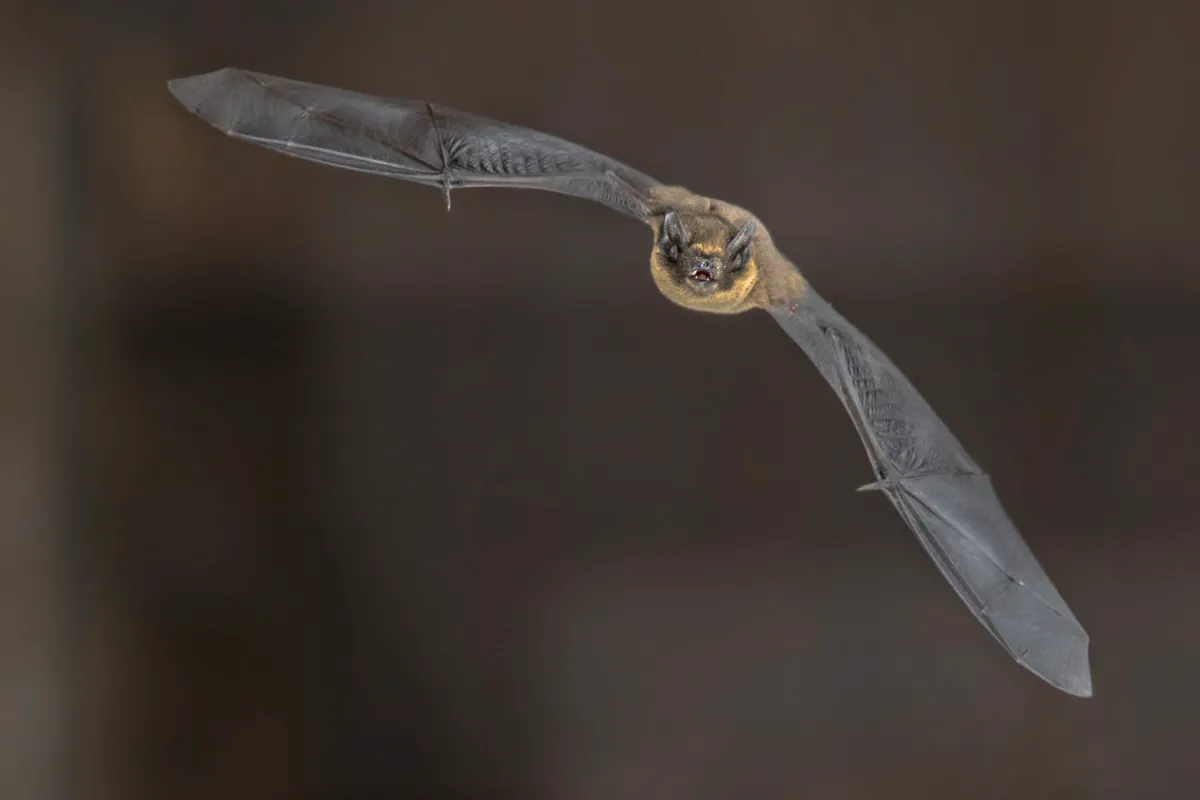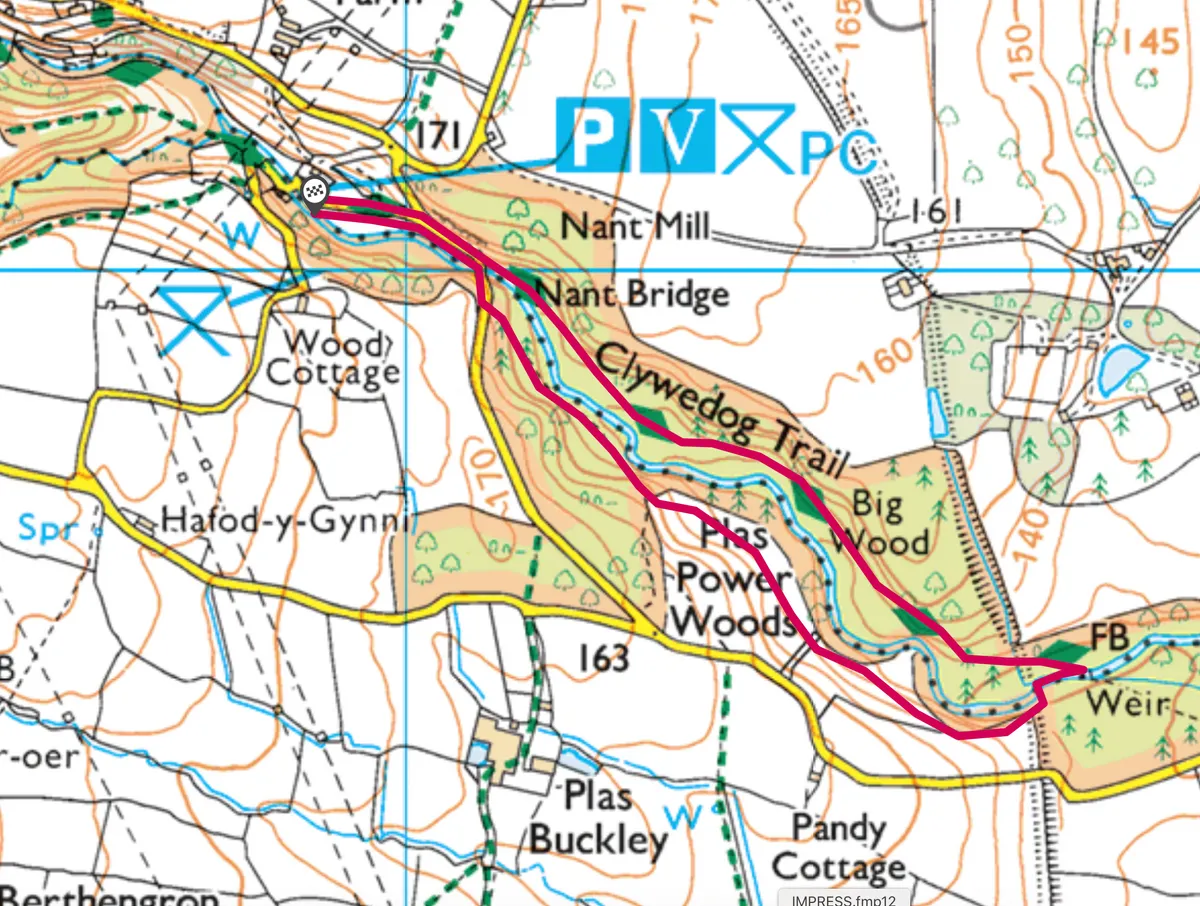A 1.5-mile (2.4km) hike through Plas Power Woods in Wales.
The conurbation of Wrexham is better known for its Industrial Age production of coal, iron, lead and beer than for its forests and streams. But its industries, while fuelled by an abundance of limestone and minerals, were also dependent on fresh water and timber.
The Vale of Clywedog wriggles greenly defiant through a part of the map that red lines and grey blocks dominate. And through it, the delightfully sylvan 9km Clywedog Trail follows the river to Wrexham via Minera Lead Mines, the corn mills at Kings Mill and Nant Mill, Bersham Ironworks, the Turkey Paper Mill and the William Emes-designed open parkland of Erddig Estate, where the trees are gracefully spaced.
For a shorter yet equally rich circular walk, a 2km seasonal trail has been devised by the Woodland Trust in the very heart of the vale at Plas Power Woods.

1. Corn mill
Begin at Nant Mill Visitor Centre (open in summer) and picnic spot. Regular buses from Wrexham serve the former charcoal-burning village of Coedpoeth just 1km away. The mill once ground corn and is now home to pipistrelle and lesser horseshoe bats.
2. Beneath beech
Enter Plas Power Woods at the road bridge. Ferns, ivy and holly provide a green Van Gogh-like contrast to the orange iron-rich river and the riotous pumpkin-coloured canopy of sycamore and beech.
Stag beetle and millipede sculptures present the Woodland Trust’s intention to restore Plas Power to ancient woodland. The conifers that supplied the industry grew so dense that the woodland became known as Black Wood. They are being slowly removed.
Keep to the marked path. Moss mantles toppled trunks, left to become a habitat for bryophytes and invertebrates. Fungi, such as amethyst deceiver, also proliferate, and if you spot a fly agaric, Nature’s Calendar and the Woodland Trust are keen to hear from you. Report fly agaric sightings to naturescalendar.woodlandtrust.org.uk.

3. Dyke and weir
Paths converge to cross Offa’s Dyke, the earth embankment constructed in the 8th century to define the boundary between Wales and Offa’s Anglo-Saxon kingdom of Mercia. Offa is represented by a carving in a tree.
The weir was built in the early 19th century to power Turkey Paper Mill, where good-quality paper was created from rags collected by Irish immigrants. Now its cascade is framed by a halo of horse chestnut trees.
Return to, and cross, the stepping stones, watching out for grey wagtails adding a flash of yellow to the palette of umbers and golds.
4. Between oaks
Turn right and enter the field to appreciate the recolonisation of broadleaf trees at the woodland edge, which is riotous with hazel, beech, elder, wild cherry, ash and rowan.
Re-enter the woods between two ancient oaks and follow the path, returning to where you began.
Map
Click on the map below for an interactive version of the route.

